This case study examines how researchers at Lenovo and dscout partnered to conduct a mobile ethnographic study on the technology experiences of individuals who are d/Deaf and hard of hearing, with the goal of...
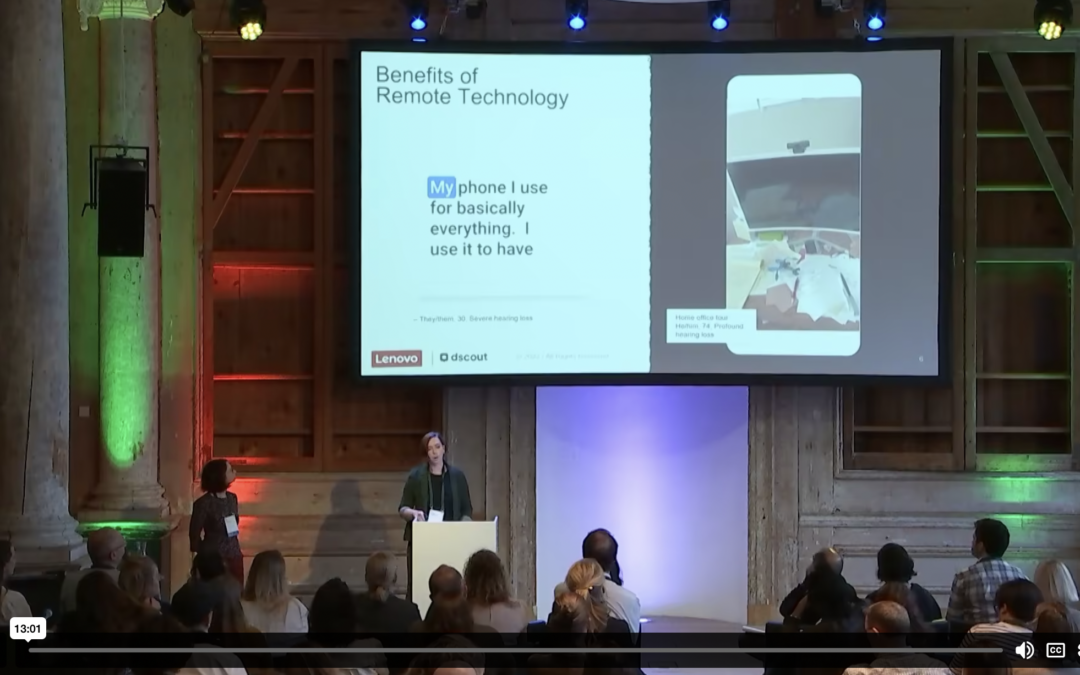

This case study examines how researchers at Lenovo and dscout partnered to conduct a mobile ethnographic study on the technology experiences of individuals who are d/Deaf and hard of hearing, with the goal of...

During the postpartum period, significant clinical and social supports exist for the care and wellness of a...
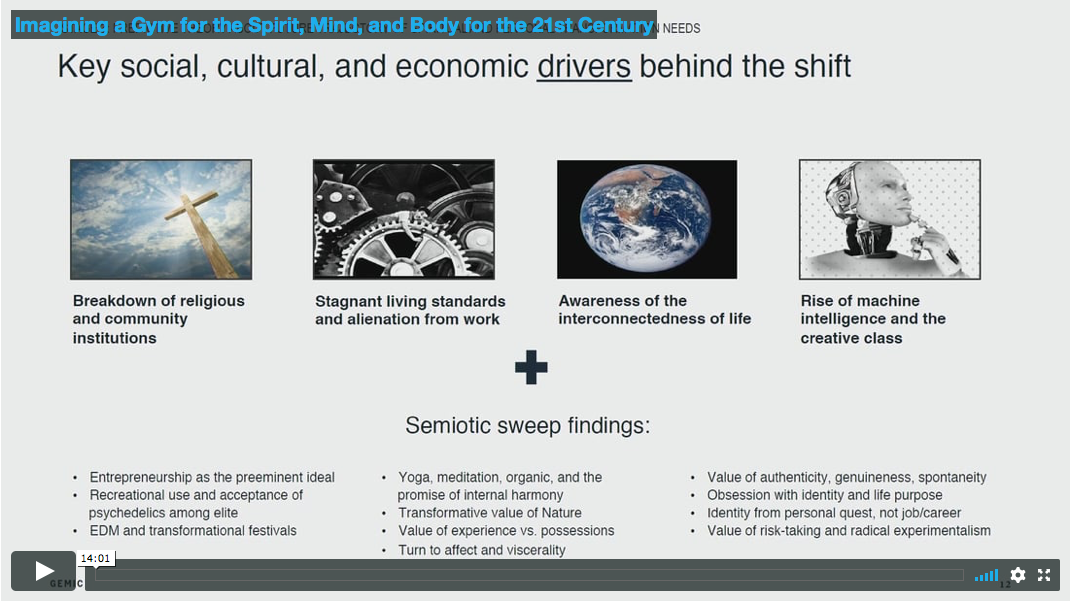
Case Study—This case explores a research and consulting engagement whose goal was to build an investment case for a new type of 21st century gym for the spirit, mind, and body. The client, a group of well-funded U.S. entrepreneurs, wanted to design and launch a venture that would be positioned to...
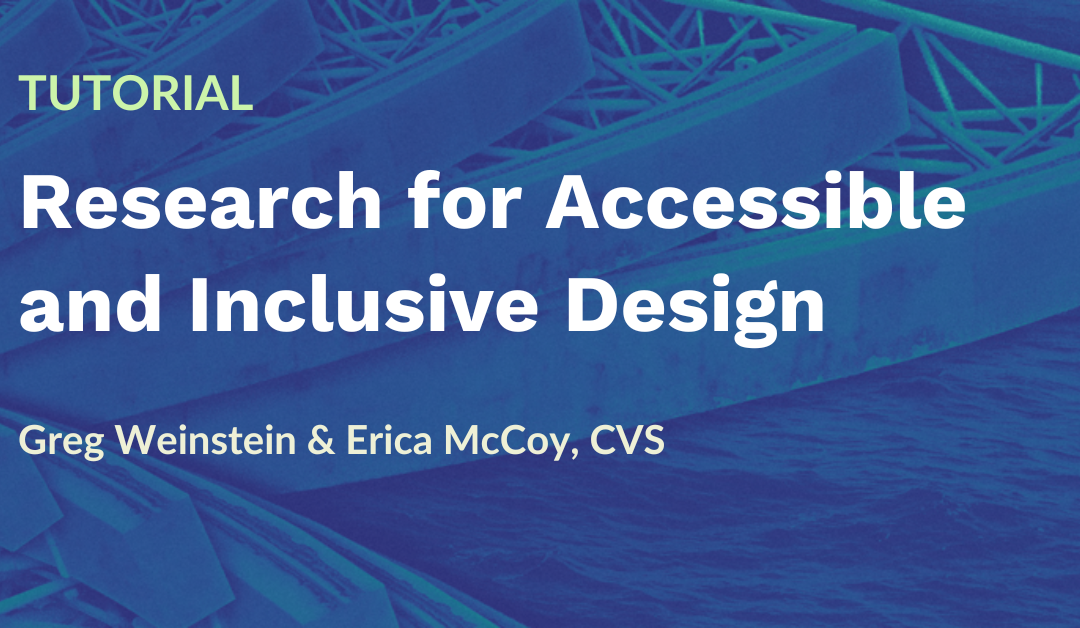
Overview Including people with disabilities in user research is fundamentally the right thing to do, because their experiences matter just as much as those of the non-disabled users that are typically...

Remember the days when a main challenge of the EPIC community was convincing executives that humans weren’t just rational actors all the time? Back when arguing for the value of ethnographic research, thick data, and so forth, started with getting executives to realize that there was more to...
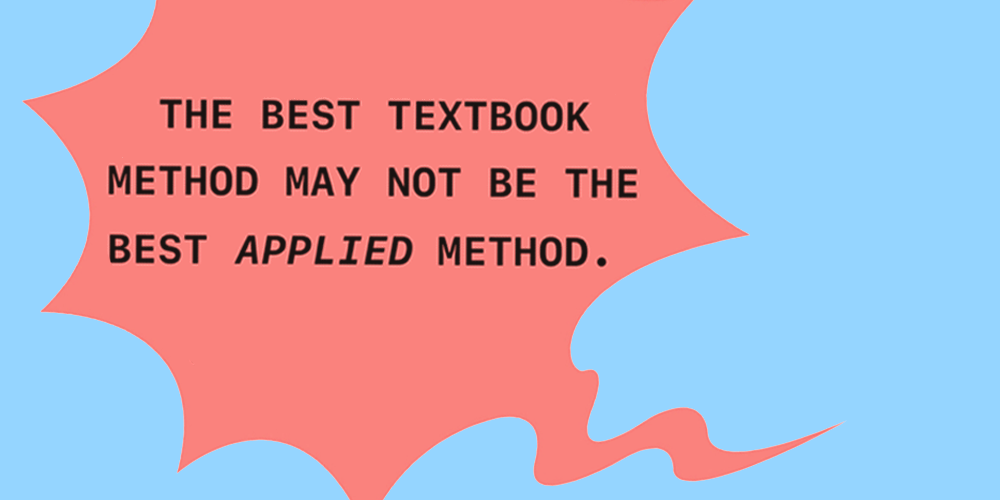
When you think of running a diary study, we guess that Confluence isn’t the first research tool that comes to mind. Confluence is best known as a tool for knowledge management and team collaboration and not a platform to host a diary study, but with limitation comes creativity. In an effort to...
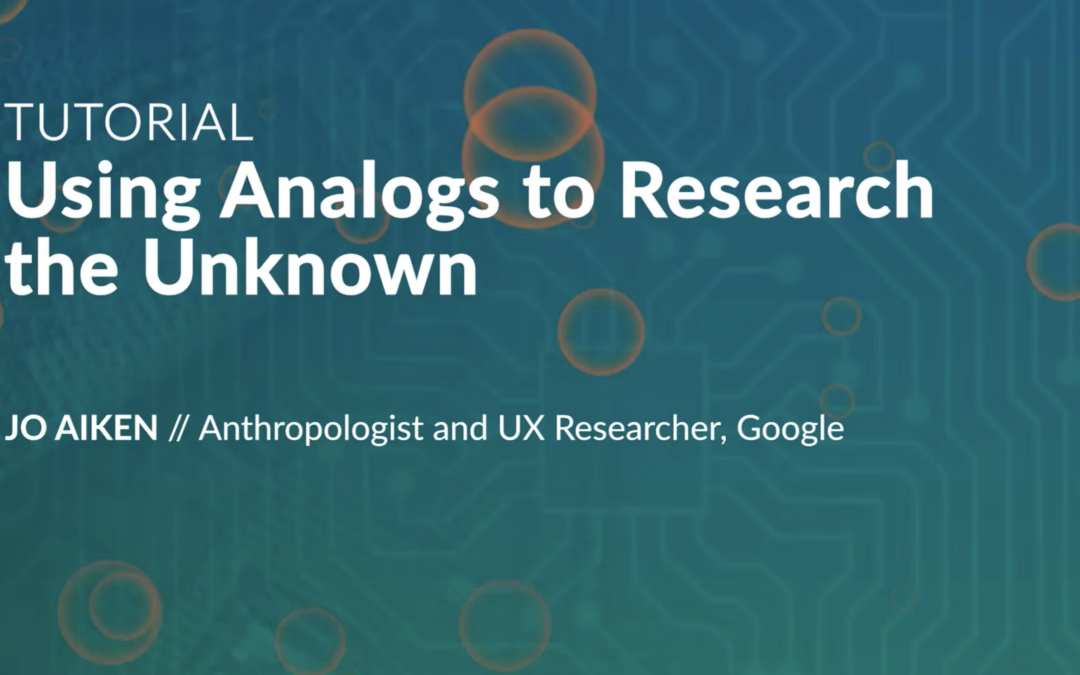
Learn strategies to design research of inaccessible or future environments. Overview Ethnographers seek insights by studying people in their natural environments. What if the thing you are designing will not be...
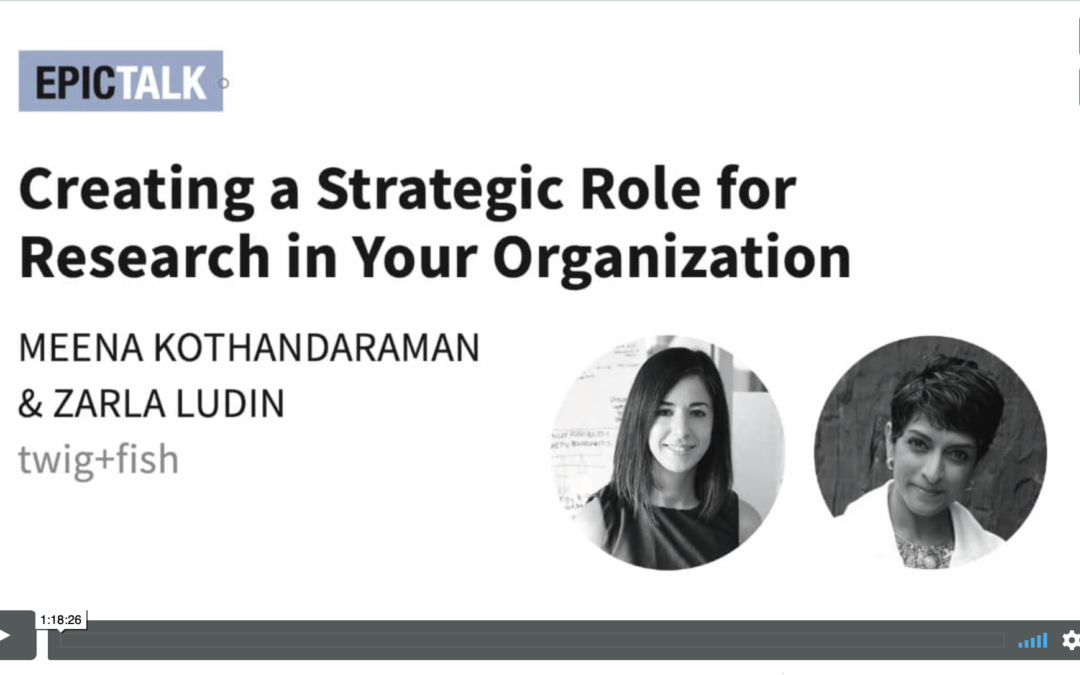
Approx 78 min Human-centered research practices embedded in business contexts have matured to a problematic inflection point. Called upon as a means of finding answers to human complexities, qualitative research...
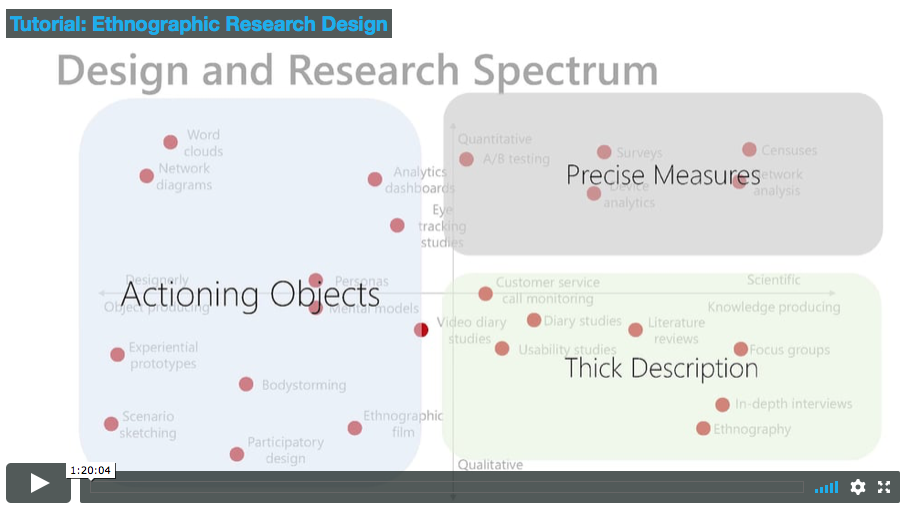
Ethnography is closely associated with the core qualitative methods of interviewing and observation. But ethnographers in business often work with a broad range of other methods, from video and diary studies to...